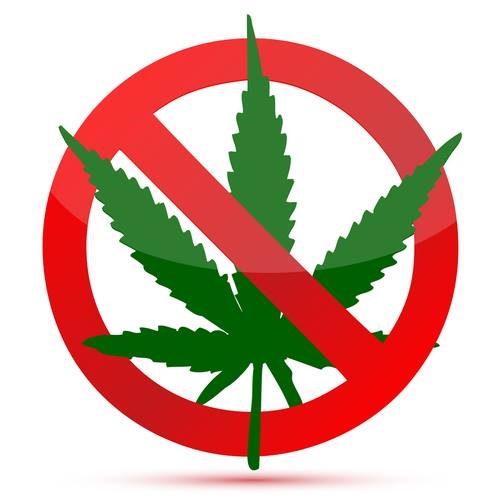Why Marijuana is Not Medicine
/To reside in Schedules II-V and be approved for diagnosing, mitigating, treating or curing a specific medical condition, a substance or botanical must proceed through a rigorous FDA scientific process proving safety and efficacy. Not one form of “dispensary marijuana” with a wide range of THC levels — butane hash oil, smokables, vapors, edibles, liquids — has gone through this rigorous process for a single medical condition (let alone 20 to 40 conditions).
To approve a medicine, the FDA requires five criteria to be fulfilled:
- The drug’s chemistry must be known and reproducible. Evidence of a standardized product, consistency, ultra-high purity, fixed dose and a measured shelf life are required by the FDA. The chemistry of “dispensary marijuana” is not standardized. Smoked, vaporized or ingested marijuana may deliver inconsistent amounts of active chemicals. Levels of the main psychoactive constituent, THC, can vary from 1 to 80 percent. Cannabidiol (known as CBD) produces effects opposite to THC, yet THC-to-CBD ratios are unregulated.
- There must be adequate safety studies. “Dispensary marijuana” cannot be studied or used safely under medical supervision if the substance is not standardized. And while clinical research on long-term side effects has not been reported, drawing from recreational users we know that marijuana impairs or degrades brain function, and intoxicating levels interfere with learning, memory, cognition and driving. Long-term use is associated with addiction to marijuana or other drugs, loss of motivation, reduced IQ, psychosis, anxiety, excessive vomiting, sleep problems and reduced lifespan. Without a standardized product and long-term studies, the safety of indefinite use of marijuana remains unknown.
- There must be adequate and well-controlled studies proving efficacy. Twelve meta-analyses of clinical trials scrutinizing smoked marijuana and cannabinoids conclude that there is no or insufficient evidence for the use of smoked marijuana for specific medical conditions. There are no studies of raw marijuana that include high-quality, unbiased, blinded, randomized, placebo-controlled or long-duration trials.
- The drug must be accepted by well-qualified experts. Medical associations generally call for more cannabinoid research but do not endorse smoked marijuana as a medicine. The American Medical Association: “Cannabis is a dangerous drug and as such is a public health concern”; the American Academy of Child and Adolescent Psychiatry: “Medicalization” of smoked marijuana has distorted the perception of the known risks and purposed benefits of this drug;” the American Psychiatric Association: “No current scientific evidence that marijuana is in any way beneficial for treatment of any psychiatric disorder … the approval process should go through the FDA.”
- Scientific evidence must be widely available. The evidence for approval of medical conditions in state ballot and legislative initiatives did not conform to rigorous, objective clinical trials nor was it widely available for scrutiny.
Marijuana fails to meet any of these five criteria for accepted medical use in the United States. At present, it belongs in Schedule I.
Is Schedule I drug a roadblock to marijuana research? Not really. The major roadblock to five proposed studies at the California Center for Medicinal Cannabis Research was not the Schedule I label, but the scarcity of patients willing to enroll in five major clinical trials. The process for marijuana research could be streamlined by Drug Enforcement Administration oversight and expansion of marijuana production, and a special sub-category of Schedule I could further reduce paperwork. But moving marijuana to Schedule II “to promote research” is conceivably unethical, as marijuana would then be designated a safe and effective medicine in the absence of high-quality evidence.

